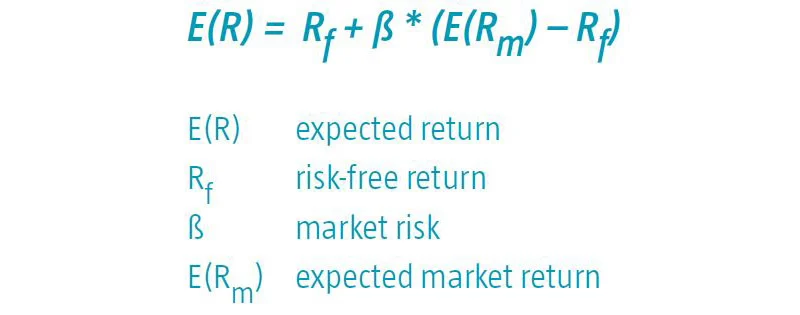Disclaimer
This page is intended for US prospects, clients and investors only and includes information about the capabilities, staffing and history of Robeco Institutional Asset Management US, Inc. (RIAM US) and its participating affiliates, which may include information on strategies not available in the US. US Securities and Exchange Commission (SEC) regulations are applicable only to clients, prospects and investors of RIAM US. Robeco BV, Robeco HK and Robeco SH are considered a “participating affiliate” of RIAM US and some of their employees are “associated persons” of RIAM US as per relevant SEC no-action guidance. Employees identified as access persons or associated persons of RIAM US perform activities directly or indirectly related to the investment advisory services provided by RIAM US. In those situations, these individuals are deemed to be acting on behalf of RIAM, a US SEC registered investment adviser. RIAM US’s SEC registration should not be viewed as an endorsement or approval of RIAM US by the SEC. RIAM US maintains its offices at 230 Park Avenue, New York, NY 10169.
By clicking I Agree, I confirm that I have read and understood the above.
Quantitative investing
Capital Asset Pricing Model
The Capital Asset Pricing Model (CAPM) is the product of a financial investment theory that reflects the relationship between risk and expected return. The model assumes a linear relationship.
The capital asset pricing model formula for calculating expected return is:

The Capital Asset Pricing Model is used to forecast returns that can be obtained with risk-bearing asset classes. The linear relationship means that taking extra risk will on average lead to higher returns.
However, empirical tests performed in the early seventies* with this capital asset pricing model showed that the relationship between risk and return is less strong than the theory indicates.
* One of the first tests was a study performed by Haugen and Heins: ‘On the Evidence Supporting the Existence of Risk Premiums in the Capital Market’ (1972). They demonstrated that over the period 1929 - 1971, low-volatility equities realized extra risk-adjusted returns.















